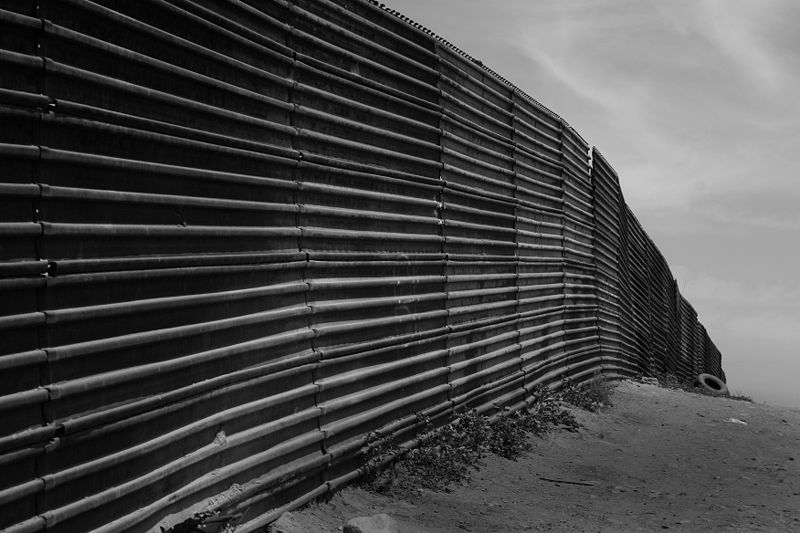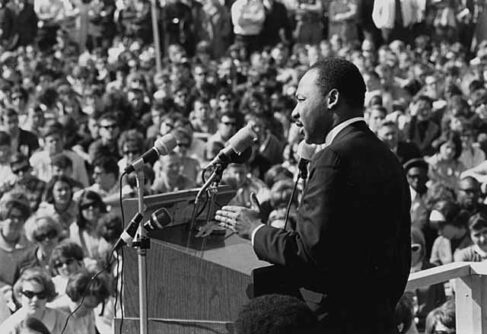The harrowing tales of children traveling alone to the United States have made headlines for weeks—and focused attention in both the House and Senate as legislators try to put together a bill to address the crisis before the August recess.
The issues are complex. Some are, apart from their youth, traditional economic migrants. But many of the children are fleeing extreme violence and are essentially refugees. Some have no parents left at home.
While there’s no one-size-fits-all solution for something so complex, it seems imperative that we do what we can to discourage children from making this trip. That’s because there’s no remedy a government can offer that will substitute for the care and protection that most children, most of the time, will get from their own families.
As of a recent count, 785 of those who journeyed in 2014 to the United States without a parent were five years old and younger! It’s heartbreaking to hear stories of these kindergarten-age children making this perilous journey, doing their best to keep track of their identification and scraps of paper with the phone numbers of relatives in the United States.
(If the plight of these Central American young children weren’t so dire, it would be laughable to contrast the risks they run and the risks run by American children whose parents are being arrested for literally letting their young children take “a walk in the park” when they go out alone to a neighborhood playground.)
Even for those who are older, the journey is fraught with dangers: thieves, mangling by train, deception by those who promise help, and sexual exploitation. This is nowhere better than by Sonia Nazario in her 2006 book Enrique’s Journey, which describes the miserable journey taken by a seventeen-year-old Honduran youth who set out alone from Honduras with the hope of finding his mother in North Carolina (I won’t tell you how Enrique’s quest for his mother ends, but it’s worth reading Nazario’s book to find out).
Stopping flow of these children won’t be easy, especially when so many are fleeing violence. But children who make this journey alone are deprived of their parents and extended families—the first, last, and best line of defense for most children anywhere.
One of the most compelling arguments Nazario makes in Enrique’s Journey is that mothers who come to the United States without their children almost always do more harm to their children than good because the extra money she can send home from the United States cannot compensate her children for the care and protection of their mother.
It’s dangerous for adults who make this journey, but how much more perilous is it for a child who is separated from the care of his parents and comes to the United States alone, leaving behind even the protection of extended family!
Of course, we can be grateful that some of these children are provided with new families to look after them here in the United States: my local public radio station ran a heartwarming interview with a family that had taken in a teenager who had fled alone from Honduras, the epicenter of the current crisis. This is a wonderful example of American philanthropy at its best, of people stepping up to care for someone in need who has landed in their community.
Only a fraction of the children now flowing across the border will land in such a caring setting. As someone who spent nearly two decades interacting with the U.S. Citizenship and Immigration Services as a visa-holder, I have some sense of both the compassion of many individual agents and the complete incompetence of the agency and border services as a whole to respond to such a complex crisis.
In the short term, we need to do everything we can for them here; but, as Nazario also suggested recently in the New York Times, we need ultimately focus on keeping them with their own families who love them best—and making those families safe from drug lords and other menaces in their own lands.






